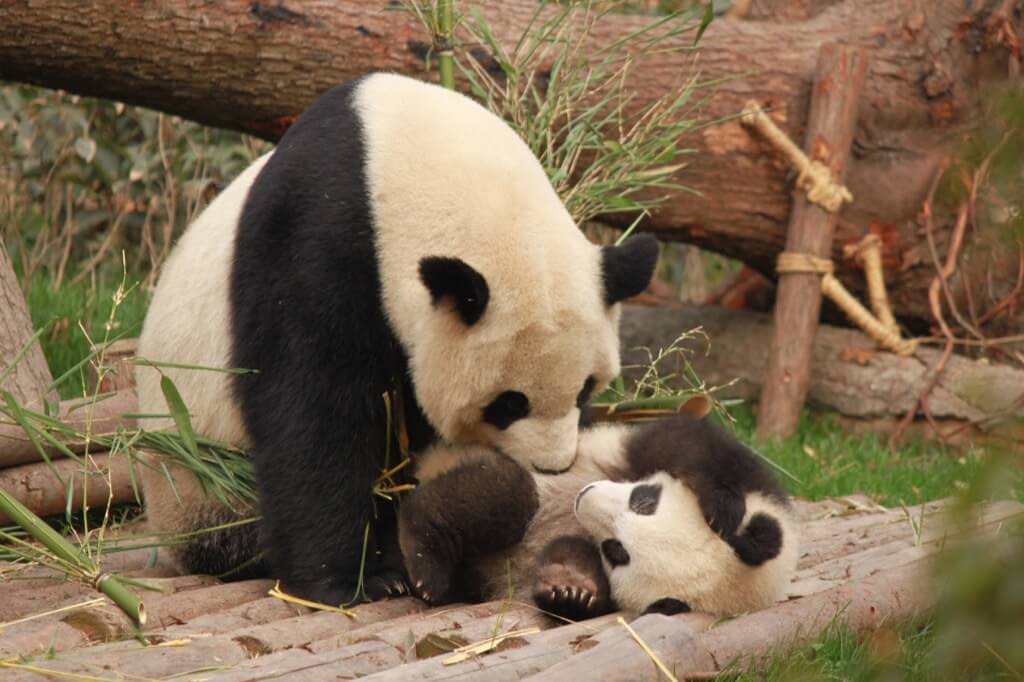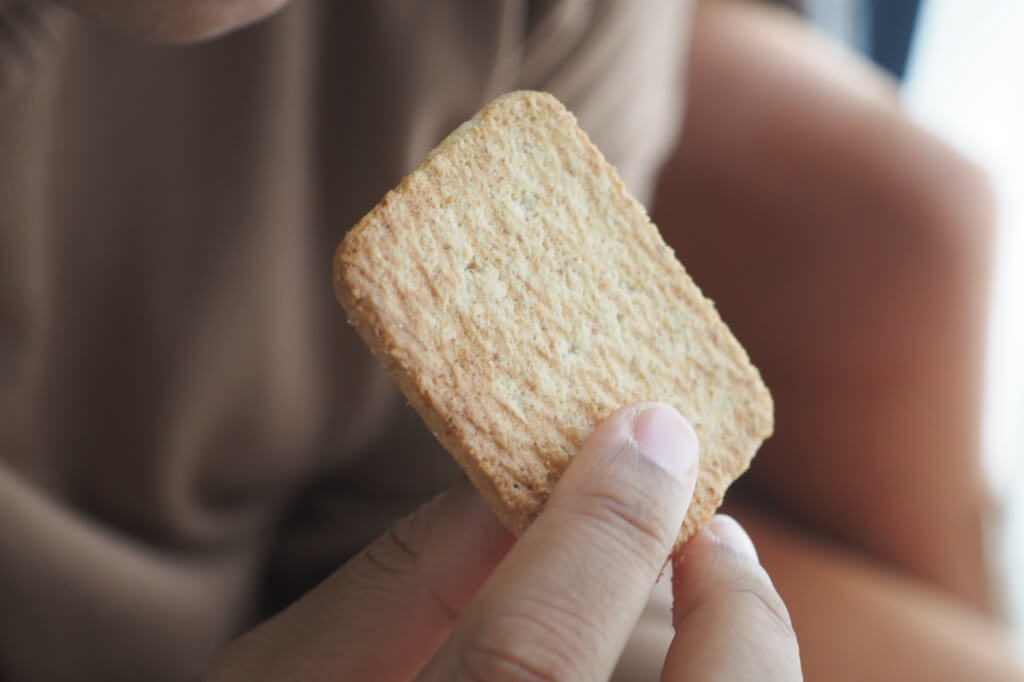The process of giving birth and subsequent care in the animal kingdom is a topic rich with diversity and complexity. One aspect that often piques curiosity is how different animals deal with the umbilical cord and placenta after the birth of their offspring. This article delves into the various strategies employed by animals, highlighting the adaptability and resourcefulness of nature.
In the mammalian world, the approach to post-birth scenarios varies significantly between placental mammals and marsupials, each adapting uniquely to their environment and biological needs. Placental mammals, which form the majority of the mammalian class, exhibit a fascinating behavior known as placentophagy, where the mother consumes the placenta and umbilical cord post-birth. This practice serves multiple purposes:
- Consuming the placenta offers a rich source of nutrients, replenishing the mother’s body with proteins and hormones lost during childbirth.
- By eating the placenta and umbilical cord, the mother removes traces of the birth that could attract predators, thereby protecting her newborn.
- This act also serves to keep the birthing area clean, reducing the risk of infection to both the mother and the newborn.
Species like canines, felines, and many rodents commonly exhibit placentophagy. However, it is not universal among all placental mammals. For instance, larger mammals like elephants and cetaceans (whales and dolphins) adopt different strategies.
Marsupials, including kangaroos and wallabies, have different reproductive systems. Their young are born prematurely and crawl into the mother’s pouch, where they continue to develop. In marsupials, the placenta and umbilical cord are either absorbed internally or are of a simpler structure that leaves minimal external remnants. The focus in marsupials is more on the nurturing and protection within the pouch rather than dealing with post-birth materials.
Birds and most reptiles lay eggs, thus the concept of an umbilical cord and placenta in the mammalian sense does not apply. However, these species have their unique process within the egg. Inside the egg, the yolk sac serves as the nutritional source for the developing embryo, connected via an umbilical structure. Upon hatching:
- The remaining yolk sac is usually absorbed into the hatchling’s body, providing a crucial nutrient source in the early stages of life.
- For reptiles like snakes and lizards, a vestigial umbilical scar can sometimes be observed, which heals over time.
Aquatic mammals, such as whales, dolphins, and manatees, exhibit unique adaptations for childbirth in water.
- In these species, the umbilical cord often breaks naturally during birthing.
- The placenta is usually expelled into the water following birth. Unlike terrestrial mammals, aquatic mothers do not typically retrieve or consume the placenta. This adaptation is thought to aid in hygiene and reduce the risk of attracting predators.
In the case of many fish and amphibians, which do not develop a placenta, the approach to post-birth care is inherently different.
- In oviparous (egg-laying) species, the focus is predominantly on the protection and care of the eggs rather than dealing with umbilical or placental remnants.
- The egg provides all necessary nutrients through the yolk, with the embryo developing in a self-contained environment until hatching.
Beyond these broad categories, there are unique and fascinating adaptations across the animal kingdom:
- Known for their complex social structures, elephants show particular interest in the placenta, with the entire herd sometimes inspecting it. However, they do not typically consume it.
- Among primates, placentophagy is observed in some species but not universally. For example, chimpanzees may consume the placenta, while others like orangutans do not.
Animal Birth Facts
- Giraffe mothers give birth standing up, meaning their calves endure a drop of about 6 feet to the ground. This fall helps to sever the umbilical cord and stimulates the newborn to take its first breaths.
- Female Surinam toads carry their fertilized eggs in a honeycomb-like structure on their back. The eggs develop into tadpoles and later into tiny toads, which emerge from the mother’s back.
- Baby kangaroos, or joeys, are born at a very premature stage of development – they are blind, hairless, and only about the size of a grape. After birth, they crawl up into the mother’s pouch where they continue to develop.
- In seahorses and their relatives, the pipefish, it’s the males who carry the fertilized eggs in a specialized pouch and eventually give birth to live young.
- In a phenomenon known as intrauterine cannibalism, sand tiger shark embryos consume their siblings while still in the womb, ensuring only the strongest and largest offspring is born.
- Pandas commonly give birth to twins, but the mother usually only raises one of them. She chooses the stronger of the two, leaving the other to fend for itself.
- When an armadillo gives birth, they typically have four babies, and these are always identical quadruplets, coming from the same egg.
- Fruit bats, also known as flying foxes, give birth while hanging upside down. The mother catches the newborn with her wings as it emerges to prevent it from falling.
- Female hyenas give birth through an elongated clitoris, referred to as a pseudo-penis. This unusual birth canal can make labor extremely difficult and dangerous, often leading to fatalities of the mother or offspring.
- After laying eggs, a female octopus will guard and care for them until they hatch, often without eating. She dies soon after the eggs hatch, sacrificing herself for the next generation.
- The handling of the umbilical cord and placenta post-birth varies across species, showcasing fascinating adaptations. Marsupials like kangaroos and koalas, along with egg-laying mammals such as platypuses and echidnas, do not possess umbilical cords, eliminating the need for post-birth management of these structures.
- Reptiles like snakes and lizards, even though they are live-born, do not have umbilical cords connecting them to their mothers. Instead, they receive nourishment through the yolk sac via the yolk stalk, showcasing an alternative mechanism for prenatal sustenance distinct from mammals.
- Certain species, like Labord’s chameleon, take a unique approach to reproduction. Offspring never encounter adult members of their species, presenting an exceptional case where young ones never witness their parents or any other adults.
- Monotremes, represented by the platypus and echidnas, constitute a rare group of mammals that lay eggs instead of giving live birth. Found primarily in Australia and New Guinea, monotremes represent a distinct evolutionary branch within the mammalian lineage.
- Seahorses stand out as remarkable examples of gender role reversal in reproduction, where males carry and give birth to offspring. Additionally, parthenogenesis, observed in various invertebrates and vertebrates, including fish and lizards, allows reproduction without mating in certain species.
- Octopuses, exhibiting semelparity, reproduce only once in their lifetime. Post-hatching, the female octopus usually succumbs to exhaustion, highlighting a unique reproductive strategy where the animal dies shortly after giving birth.
- The diverse strategies employed by animals in dealing with the umbilical cord and placenta post-birth underscore the adaptive brilliance of nature. From the nutrient-recycling practice of placentophagy in terrestrial mammals to the unique birth processes of aquatic mammals and the egg-based systems of birds and reptiles, each method is tailored to the specific needs and environments of the species.
The strategies employed by various animals after childbirth are as diverse and ingenious as nature itself. Whether it’s consuming the placenta for vital nutrients, as seen in numerous land mammals, or the water-based adaptations of marine mammals that allow for natural disposal, each approach speaks volumes about the evolutionary intelligence of these species.
In contrast, egg-laying animals, such as birds and reptiles, and marsupials with their unique pouch development, exhibit entirely different methods aligned with their reproductive systems. These practices not only ensure the survival and well-being of the newborn but also maintain the ecological balance and natural order in their respective habitats.




